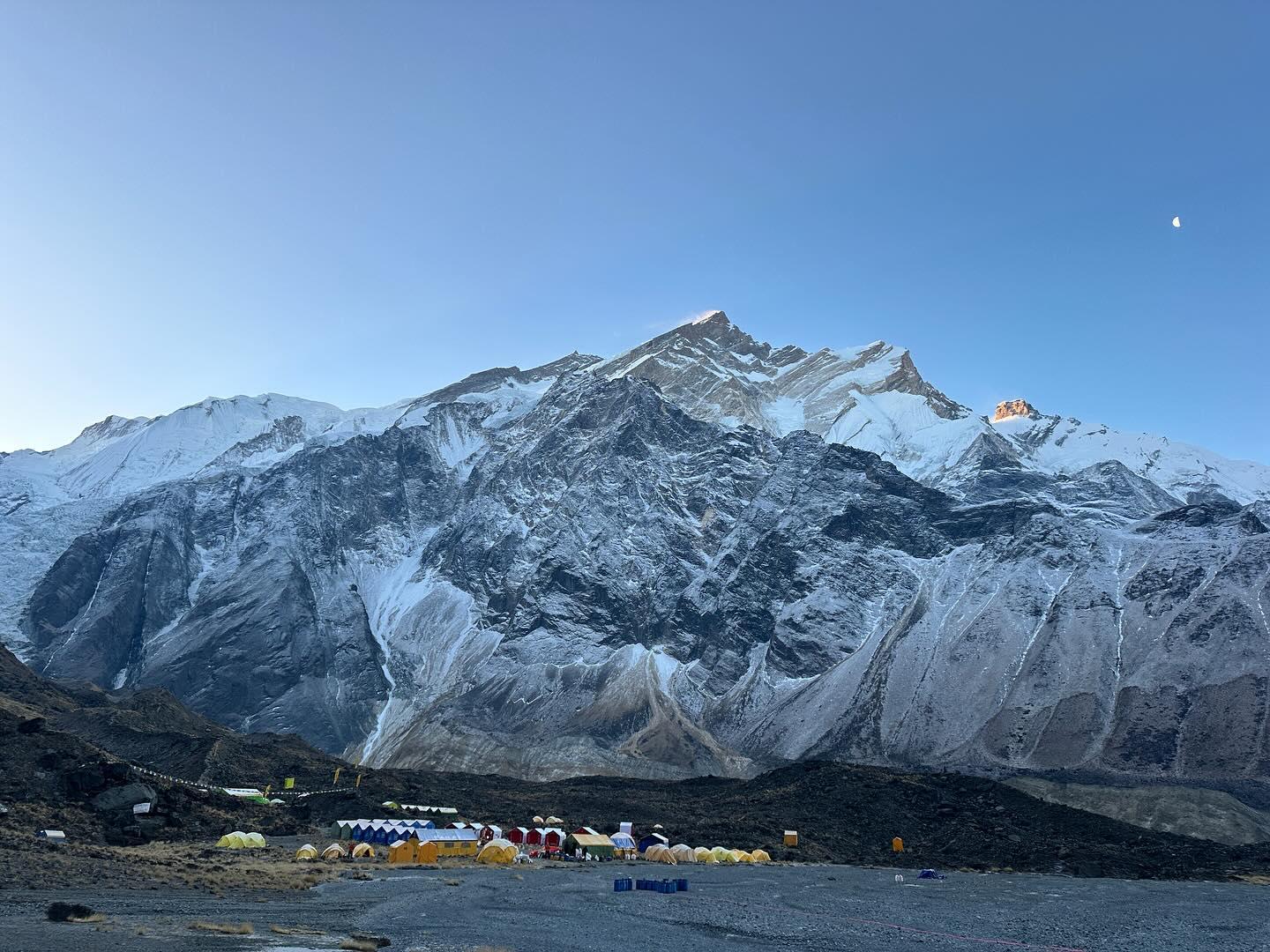HKH Snow Update Report 2025
The HKH Snow Update Report 2025 was released by the Kathmandu-based International Centre for Integrated Mountain Development (ICIMOD). It revealed that all three major river basins in the Indian Subcontinent are witnessing highest declines in ‘snow persistence’. This decline threatens water security for millions, denoting the urgent need for effective water management strategies.
What is Snow Persistence?
Snow persistence refers to the duration snow remains on the ground after a snowfall. It is crucial for seasonal water supply, particularly in the early summer months. The HKH region, which includes the Ganga, Indus, and Brahmaputra basins, relies heavily on snowmelt for water resources.
Recent Trends in Snow Persistence
Recently, the Ganga basin recorded its lowest snow persistence in 23 years at -24.1%. The Indus basin saw a similar decline, dropping to -27.9%. The Brahmaputra basin also faced reduction, with snow persistence at -27.9%. These trends indicate a worrying pattern of diminishing snow cover.
Impact on Water Supply
The decline in snow persistence poses risks to water supply for nearly 300 million people. Reduced snowmelt means less water flow in rivers during critical summer months. This threatens agriculture, hydropower generation, and overall water availability.
Regional Climate Sensitivity
The Tibetan Plateau, a major source of rivers in North India, has experienced a dramatic decrease in snow persistence from +92.4% in 2022 to -29.1% in 2025. This marks the sensitivity of the region’s climate and the potential for severe impacts on water resources.
Broader Implications
The report indicates that the HKH region is experiencing its third consecutive year of below-normal snow conditions. This ongoing trend could lead to long-term water stress, particularly for downstream communities already facing heatwaves. The report calls for urgent action to address these challenges.
Recommended Strategies
ICIMOD recommends improved water management practices, enhanced drought preparedness, and better early warning systems. It emphasises the importance of scientific, forward-looking policies and regional cooperation for effective transboundary water management.
Historical Context
Over the past two decades, snow persistence has shown fluctuations. The highest recorded snow persistence in the Ganga basin was +30.2% in 2015. The current low levels tell the urgency for adaptive strategies in response to climate change.
Month: Current Affairs - April, 2025
Category: Environment Current Affairs








